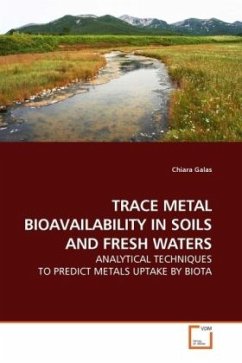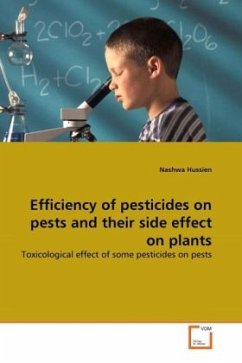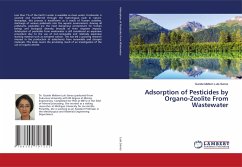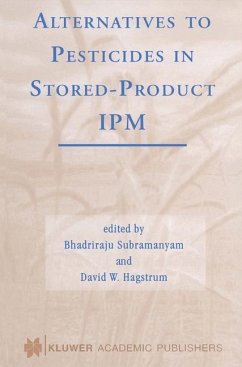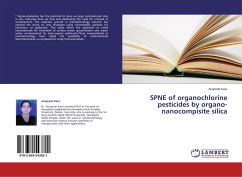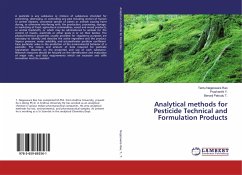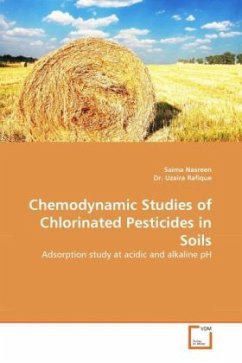
Chemodynamic Studies of Chlorinated Pesticides in Soils
Adsorption study at acidic and alkaline pH
Versandkostenfrei!
Versandfertig in 6-10 Tagen
32,99 €
inkl. MwSt.

PAYBACK Punkte
16 °P sammeln!
The present work is a research study of 2,4-D and atrazine pesticides in three different soils (Agricultural, Garden and Barren) with variable organic matter, measured by a batch equilibrium technique. The effect of soil properties on pesticide sorption was also examined. The results showed that agricultural soil binds maximum atrazine and 2,4-D that may be due to high organic content of the soil.Sorption and binding of atrazine and 2,4-D to organic matter can occur as a result of hydrophobic bonding. pH 4 is found optimum for all soils and showed maximum pesticide adsorption.The present study...
The present work is a research study of 2,4-D and atrazine pesticides in three different soils (Agricultural, Garden and Barren) with variable organic matter, measured by a batch equilibrium technique. The effect of soil properties on pesticide sorption was also examined. The results showed that agricultural soil binds maximum atrazine and 2,4-D that may be due to high organic content of the soil.Sorption and binding of atrazine and 2,4-D to organic matter can occur as a result of hydrophobic bonding. pH 4 is found optimum for all soils and showed maximum pesticide adsorption.The present study also showed that till saturation at 120 hr for atrazine and at 6 hr for 2,4-D adsorption increases with increasing contact time. Atrazine and 2,4-D is retained against leaching losses in soils principally by sorption to organic matter, but the mechanism of sorption is not clearly understood. Quantification of soil predicts the fate of pesticides in soils as soil characteristics exert dominating influence on chemical-geosorbent interactions. The present study is significant for better understanding of post-application herbicide dynamics in agricultural fields.





